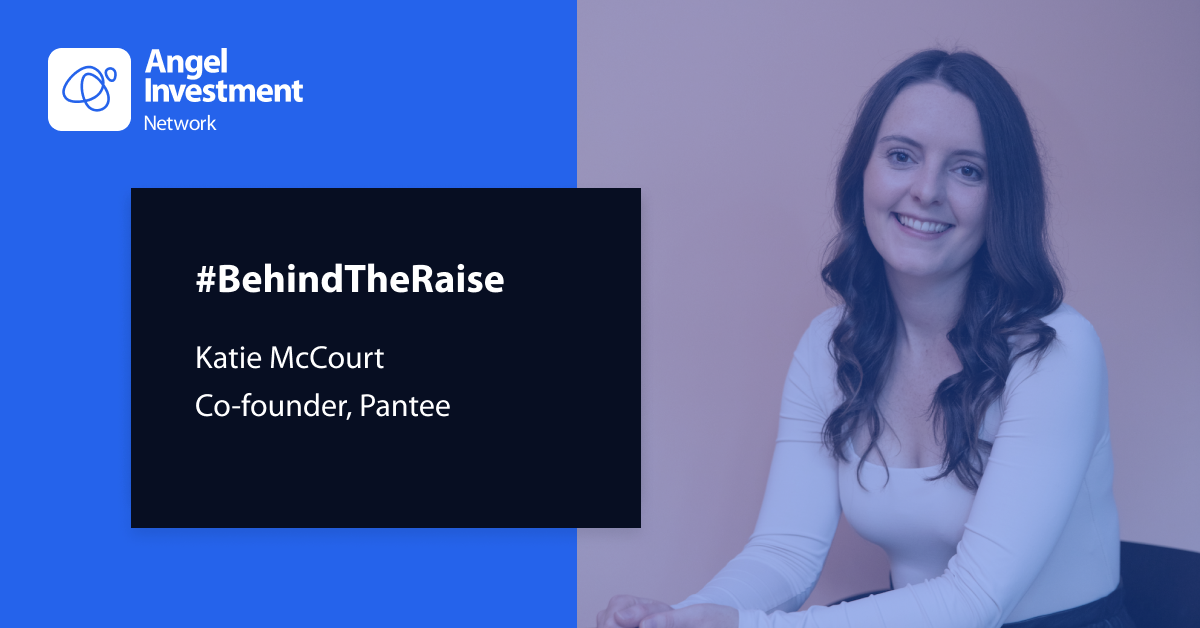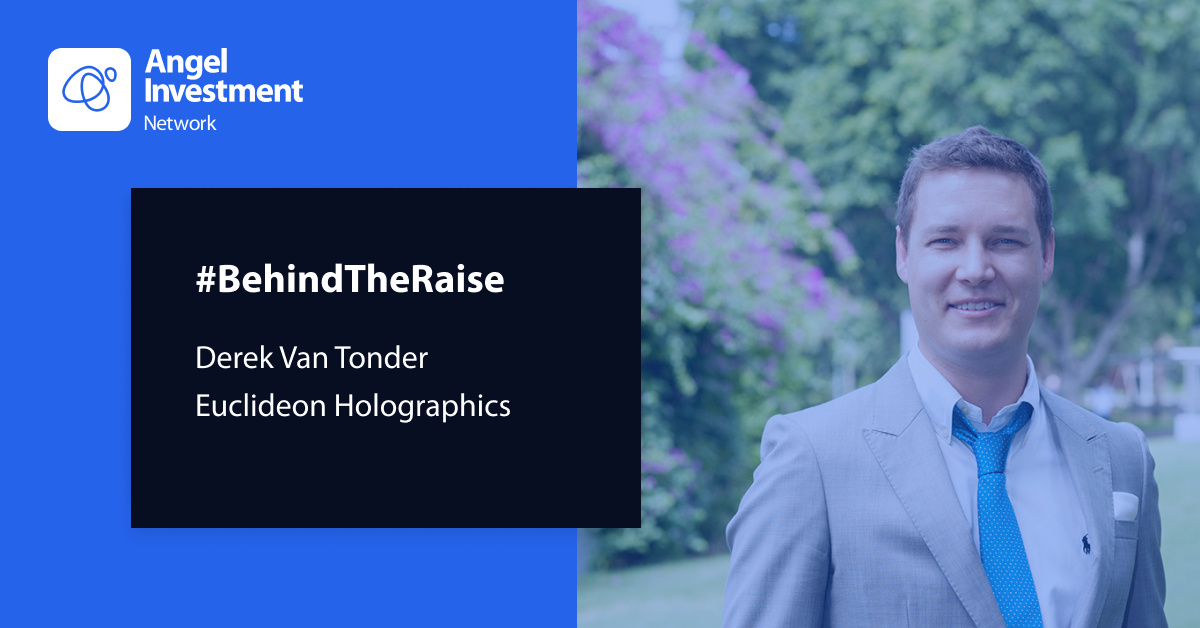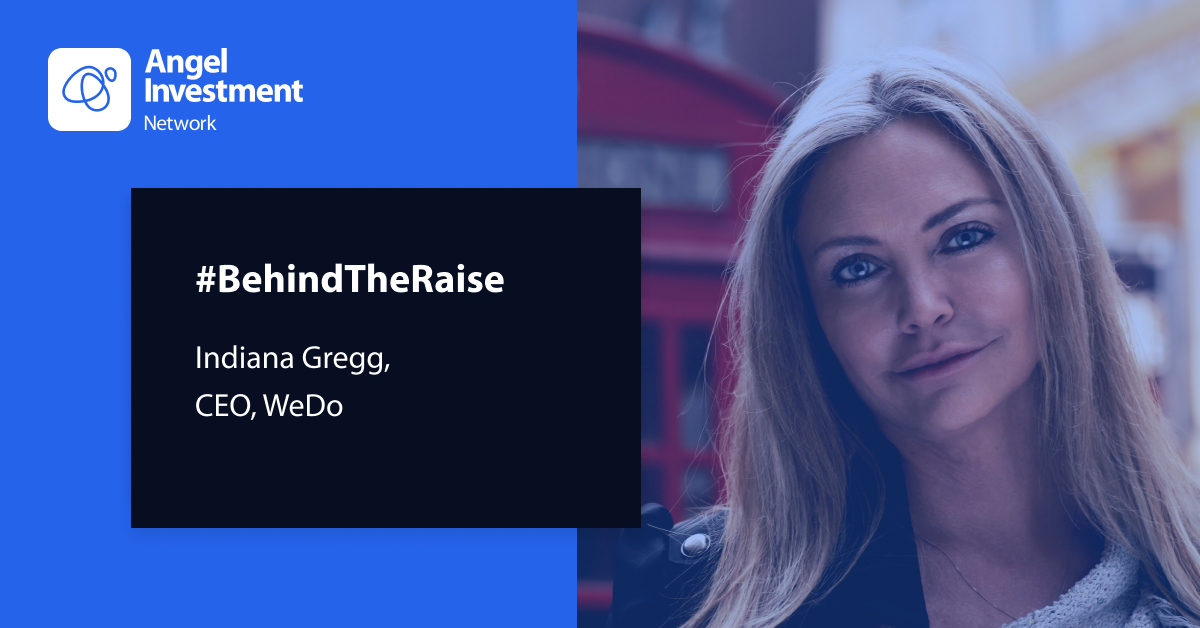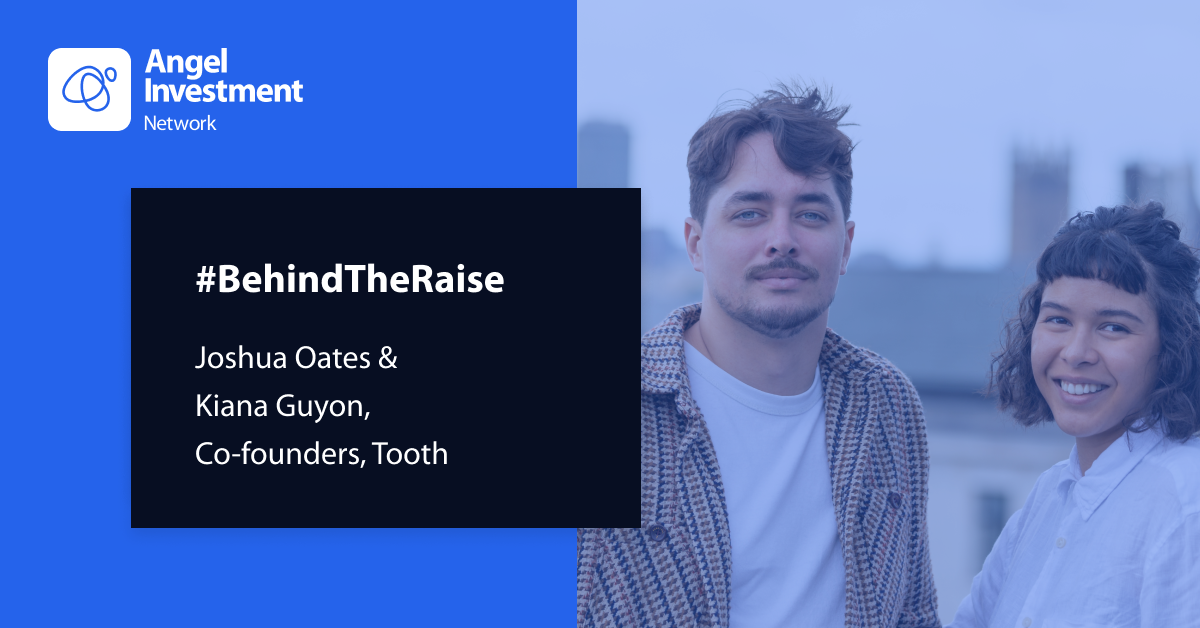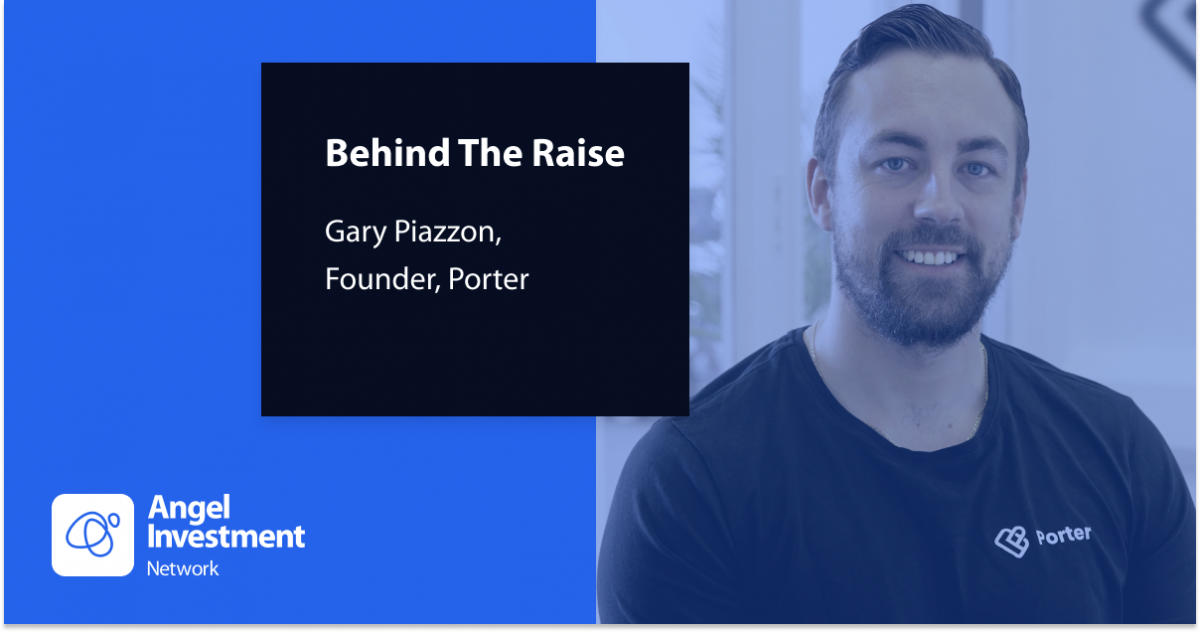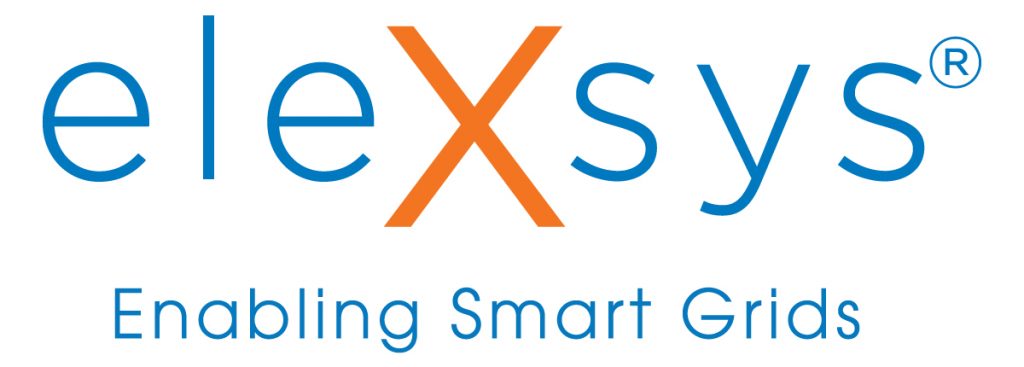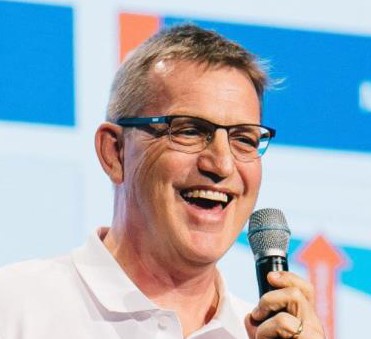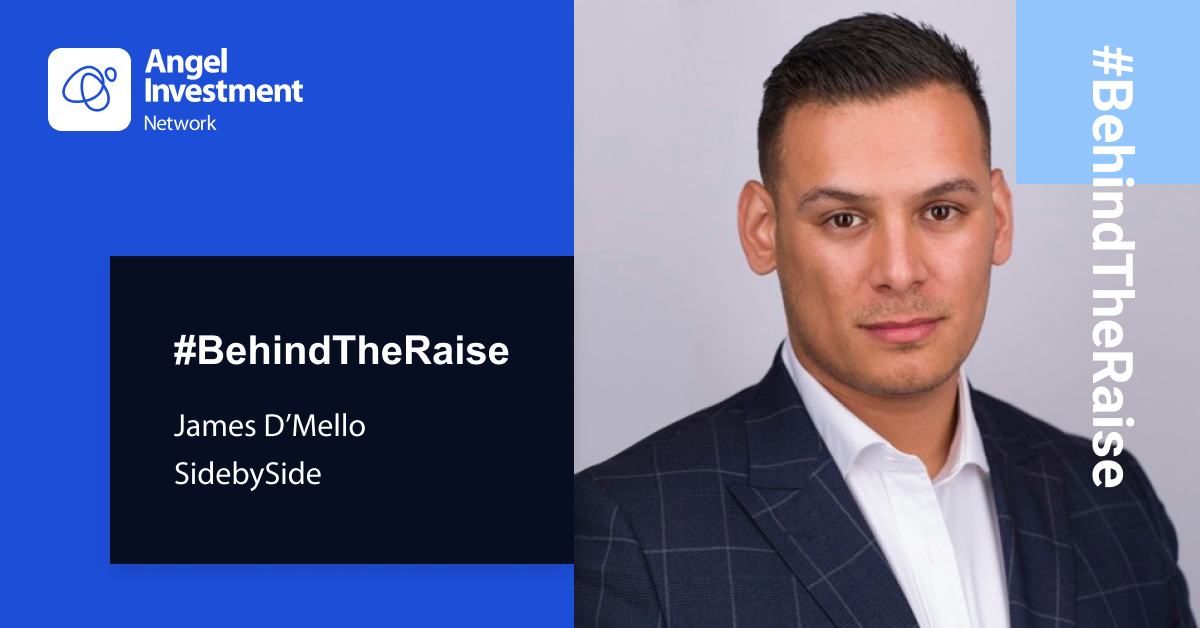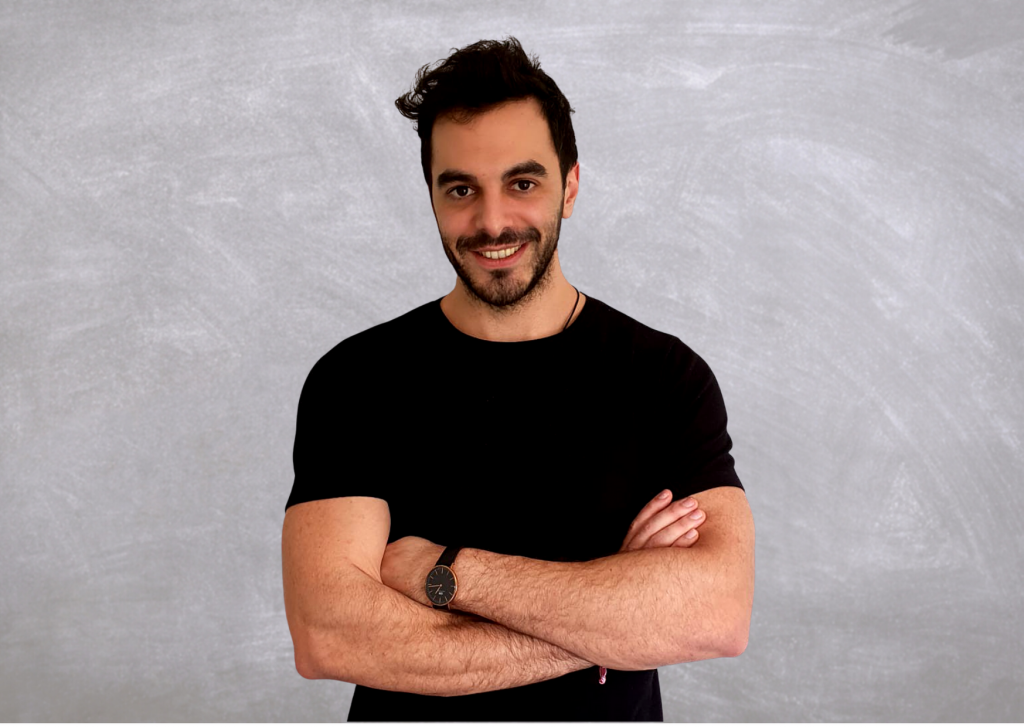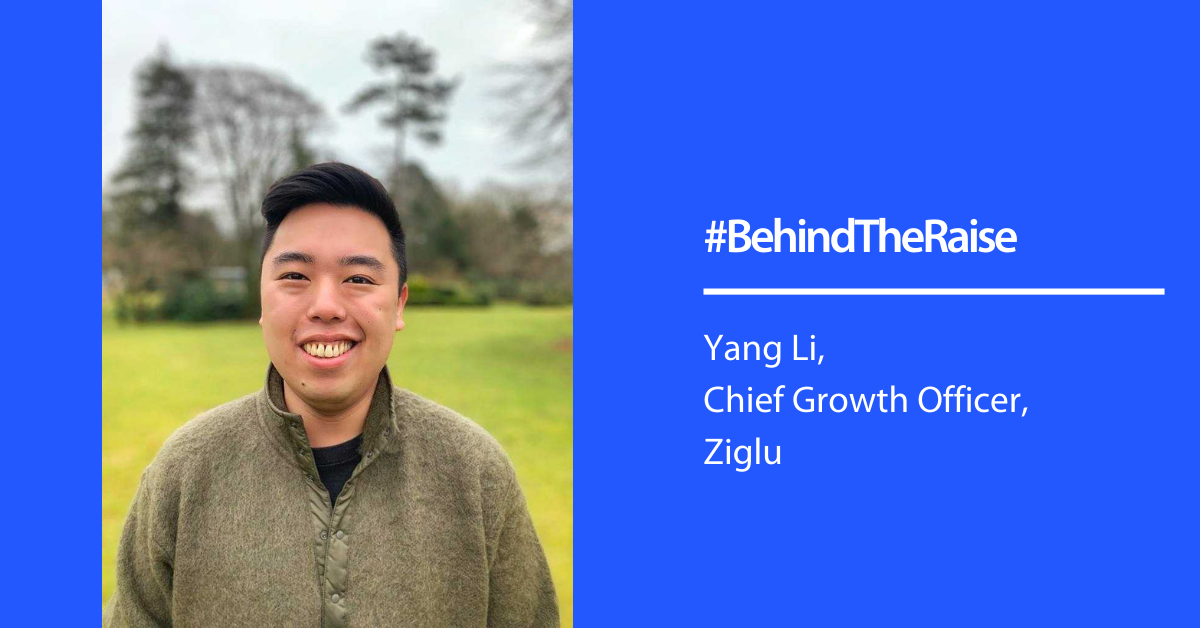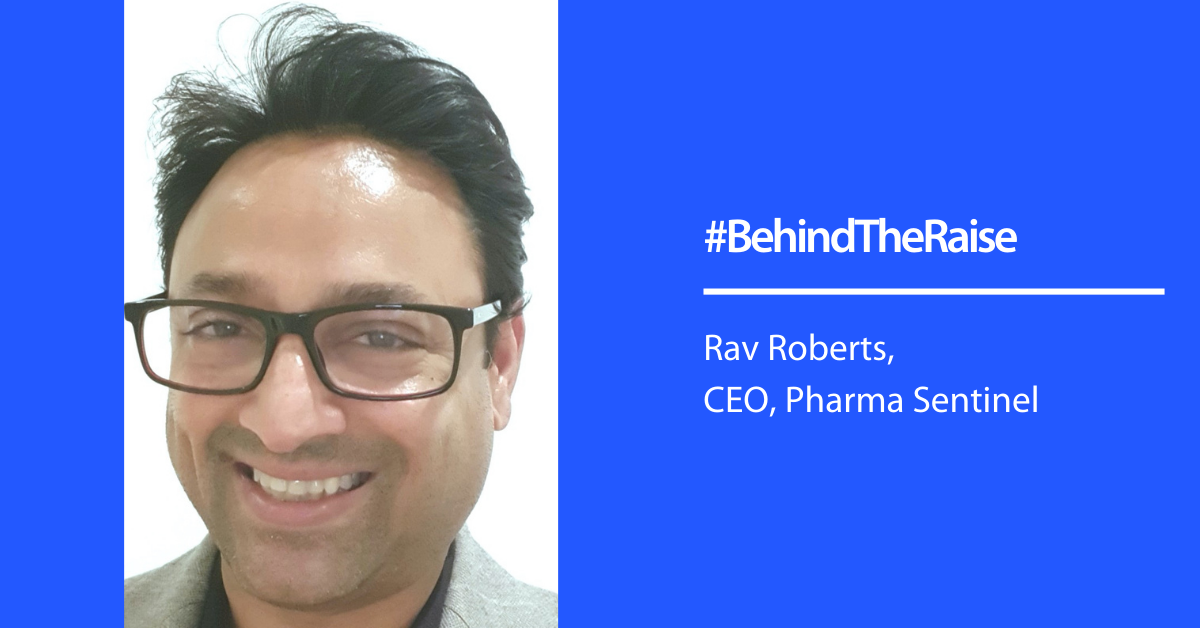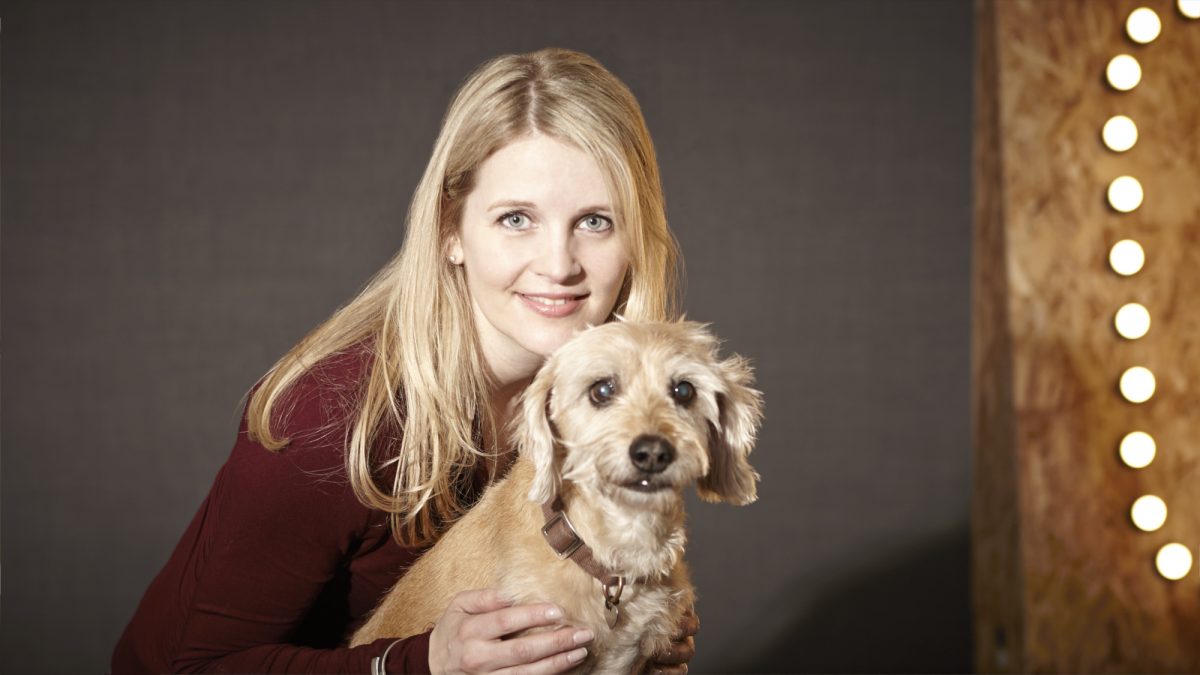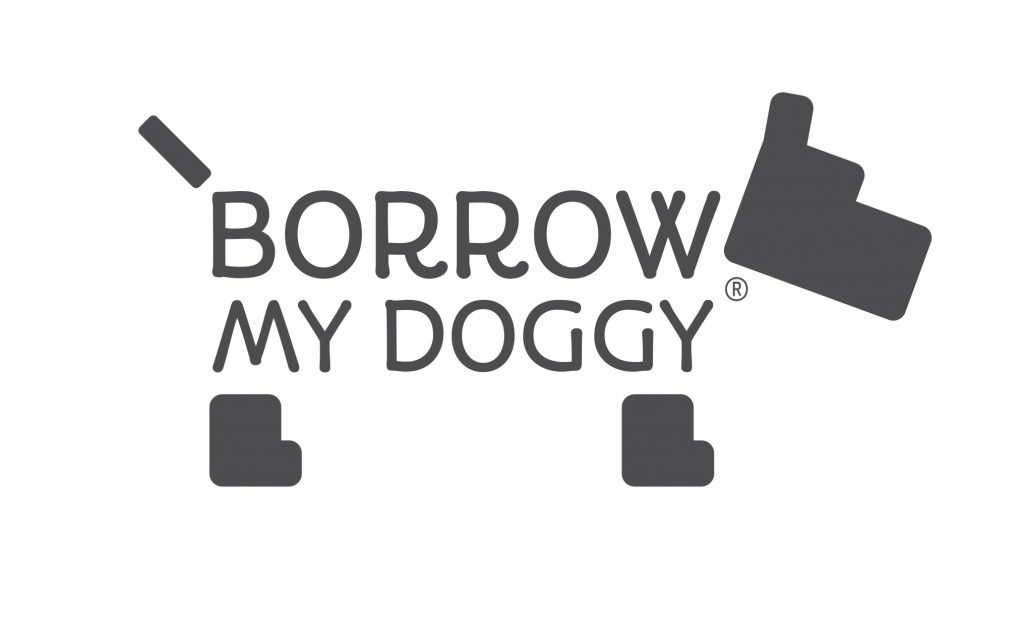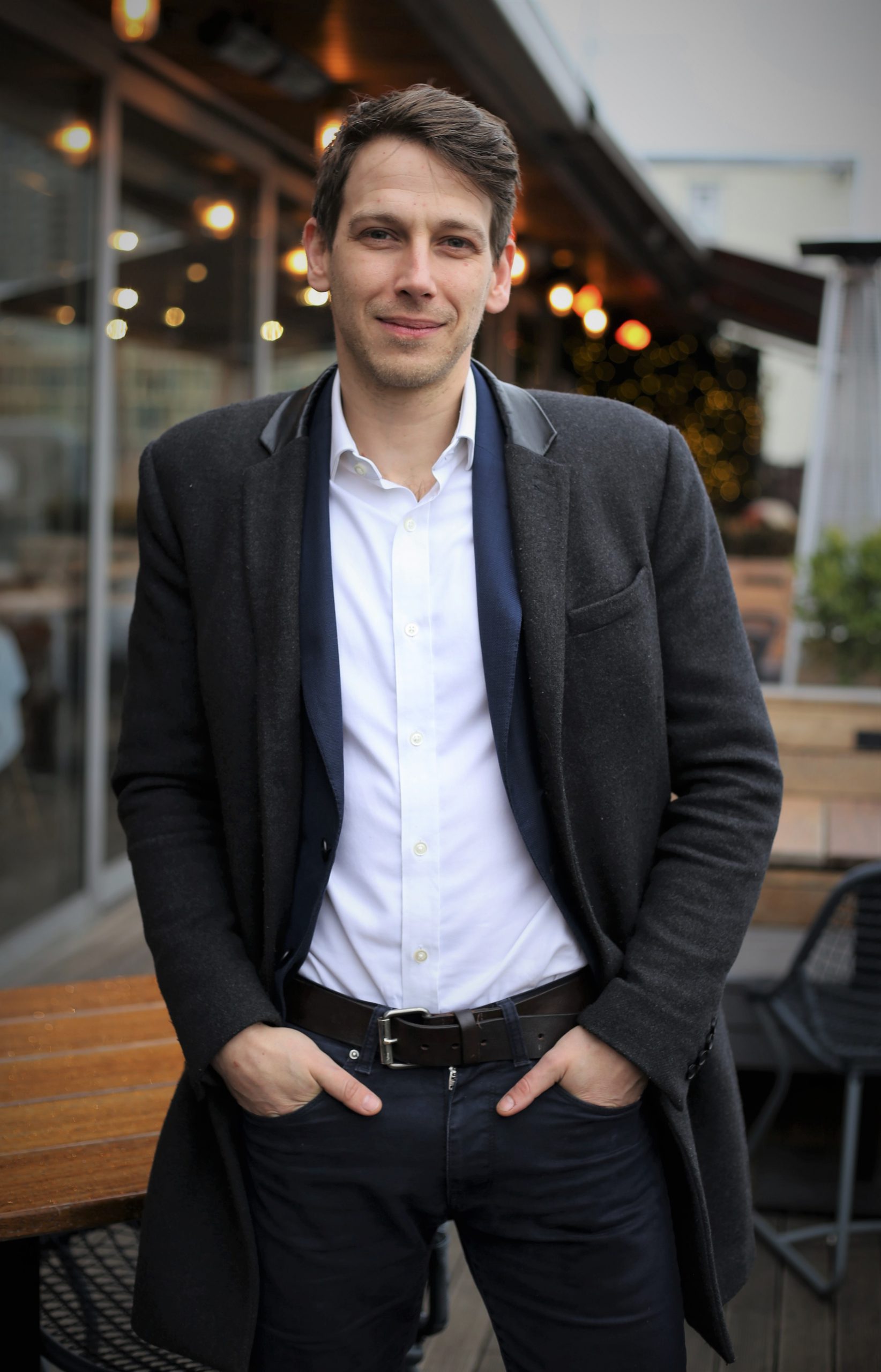Tell us about what got you into startups:
A few years ago when myself (Katie) and my sister (Amanda) learned about the sheer amount of waste produced by the fashion industry, we knew we had to do something about it. So, we came up with the idea to launch Pantee – the world’s first underwear brand made from deadstock t-shirts.
Raised remotely during the pandemic, we began bringing Pantee to life in late 2019 and after a year of research and product development we launched pre-orders on the crowdfunding platform, Kickstarter, in November 2020.

